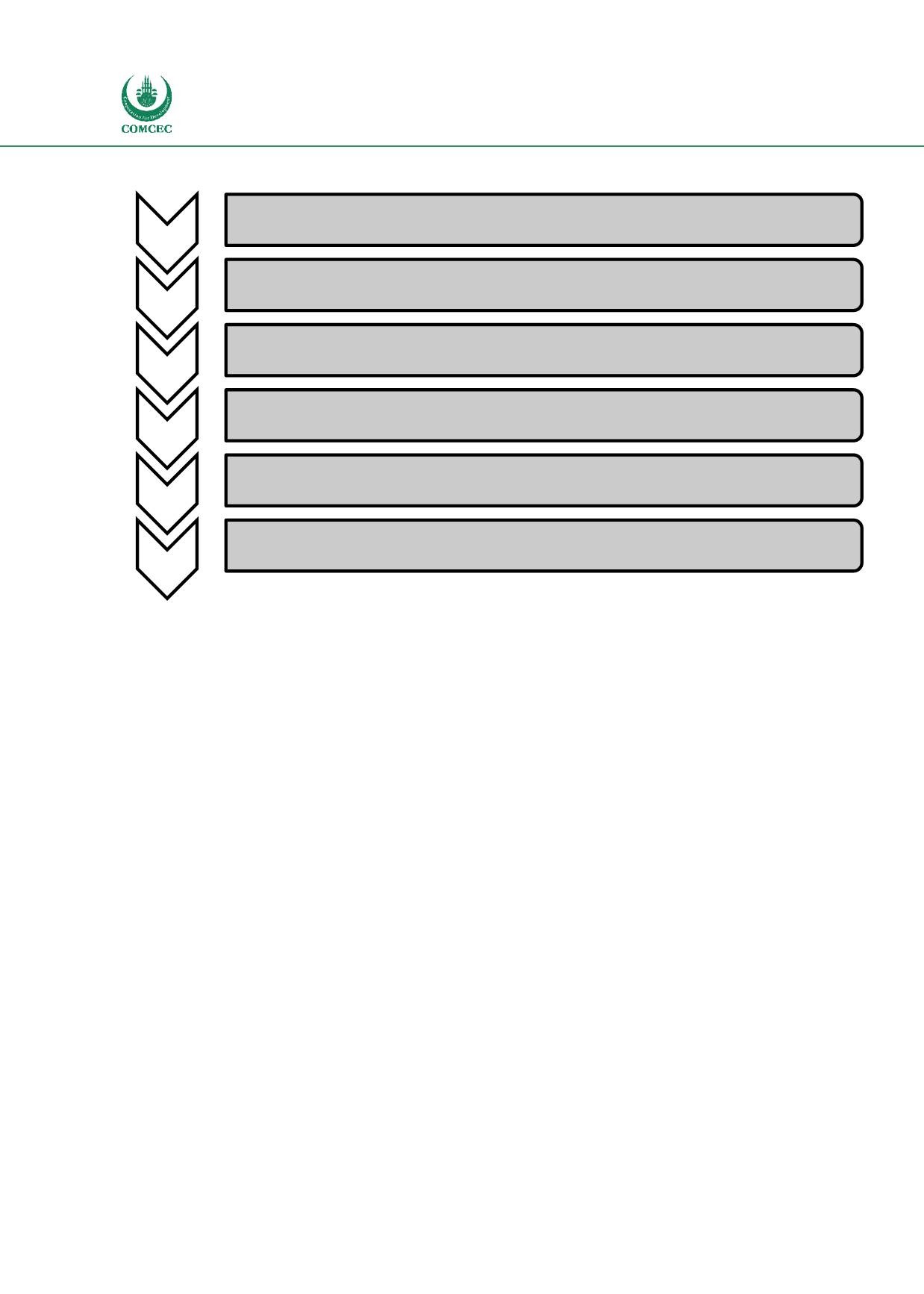

Special Economic Zones in the OIC Region:
Learning from Experience
172
Figure 43 – Sector Selection Methodology
Source: BuroHappold Engineering 2017
Additionally a forward strategy should also be developed to identify clear pathways up industry
value chains with strategies formulated for fostering both backward and forward linkages
within the domestic economy.
6.3.2
Links to National and Domestic Economy
Criticisms of SEZs as economic enclaves is a common point of contention given that they operate
outside of the regulatory environment and operating constraints of the domestic economy. This
can lead to limitations with regards to knowledge and technology spill-overs. One of the main
barriers to backward linkages, particularly in developing countries, is weaknesses in the scope
and quality of goods and services within the domestic economy.
It is recommended that when designing the SEZ programme design that consideration is given
to important strategic and policy decisions such as trade policy, strategic and sectoral focus,
zone typology, policies on domestic participation and policies on access to local market. These
decisions will have a significant impact on the facilitation and success of backward linkages
within the domestic economy. In particular, the removal of export requirements and tax
exemptions is becoming more commonplace within modern SEZ development and this is
facilitating a more open model of development which encourages greater integration between
zones and the domestic economy.
1. Criteria
Filters
•Establish criteria ‘Filters’
2. a) Data
b) Indicators
•Identify data sources – ideally at ISIC level-2 or equivalent
•Identify ‘Indicators’ for filters (quantitative data-based and qualitative judgements)
3. Rating
Scales
•Define scoring criteria for each indicator
4. Long List
•Score long list based on indicator metrics
5. Weighting
•Weight scores for each criteria and aggregate scores
6. Short List
•Identify short list based on weighted sector ratings
















